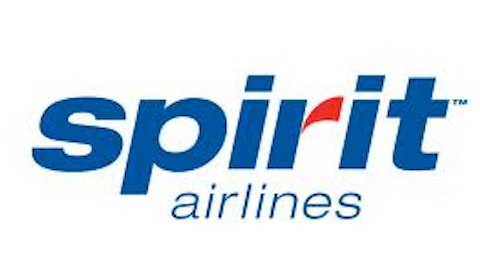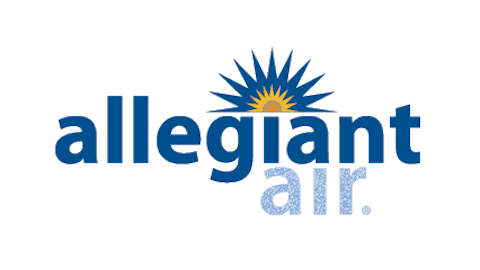One of the biggest surprises this month had to be the announcement by Delta Air Lines, Inc. (NYSE:DAL) that it planned to return as much as $1 billion to shareholders over the next three years. How could it be possible that one of the worst industries around is now able to return cash to shareholders?

The airline sector has seen a major shift towards profitability after the financial crisis forced mega mergers that has left three industry behemoths in Delta Air Lines, Inc. (NYSE:DAL), United Continental Holdings Inc (NYSE:UAL) Airlines , and the new American Airlines via the combination of US Airways Group Inc (NYSE:LCC) and AMR Corporation (NASDAQOTH:AAMRQ). These combinations have ushered in a new era for the industry with a focus on cash flow and profits instead of market share. The biggest question is whether it will last.
Reviewing the plan
Delta Air Lines, Inc. (NYSE:DAL) plans to start paying a quarterly dividend, initiate a share repurchase plan, and continue paying down debt. The dividend will start at a quarterly rate of $0.06 beginning on August 9. Over the next three years the dividend amount is expected to reach the $500 million mark. The new dividend yield is currently 1.3%.
The company plans a $500 million share repurchase plan to be completed no later than June 30, 2016. The combined dividend and share repurchases will total $1 billion in capital returned to shareholders.
With the stock valued at around $16 billion, a roughly $333 million per year return of capital isn’t a huge percentage, but it is a good start for the industry.
Can the company afford it?
The biggest question from the market has been whether it is wise for a leader from a historically weak industry with huge capital costs for new planes and facilities to be returning cash to shareholders.
Considering Delta Air Lines, Inc. (NYSE:DAL) had $3.9 billion of free cash flow in 2012 it appears the company is better prepared than most might think. In addition, the company has been able to reduce the net debt levels to under $12 billion from $17 billion at the end of 2009. The capital plan also includes reducing the net debt level to $7 billion.
What about the competitors?
For now the other major airlines haven’t announced any similar plans, which isn’t too surprising considering both, are still in the process of closing or integrating mergers. While both companies have substantial debt levels, analysts expect US Airways Group Inc (NYSE:LCC) to make substantial profits of around $3 per share for the next two years even before the accretive deal for AMR Corporation (NASDAQOTH:AAMRQ).
After the merger, the combined entity should have a debt level in the range of Delta Air Lines, Inc. (NYSE:DAL) and United Continental Holdings Inc (NYSE:UAL). The company though will need to time to integrate the merger before it would ever consider returning capital.
Analysts expect United Continental Holdings Inc (NYSE:UAL) to show substantial earnings gains from $1.59 in 2012 to $3.68 in 2013 and $4.89 in 2014. It appears likely that United will also be able to implement a capital return plan to shareholders probably as the integration of the Continental merger finalizes and profits surge this year. The company has $6.5 billion in listed net debt plus capital lease obligations and such.
Bottom line
The beauty of the capital return plan is that Delta Air Lines, Inc. (NYSE:DAL) has the ability to stop the stock repurchase plan at any point if the market conditions warrant it. If it can continue paying down debt while returning cash to shareholders, it appears the plan has a lot of potential to work regardless of the history in the sector. The biggest concern is that such a move might attract new entrants into the industry.
The article Can Delta Air Lines Really Return $1 Billion to Shareholders originally appeared on Fool.com is written by Mark Holder.
Mark Holder and Stone Fox Capital Advisors, LLC have no positions in any stocks mentioned. The Motley Fool has no position in any of the stocks mentioned. Mark is a member of The Motley Fool Blog Network — entries represent the personal opinion of the blogger and are not formally edited.
Copyright © 1995 – 2013 The Motley Fool, LLC. All rights reserved. The Motley Fool has a disclosure policy.


